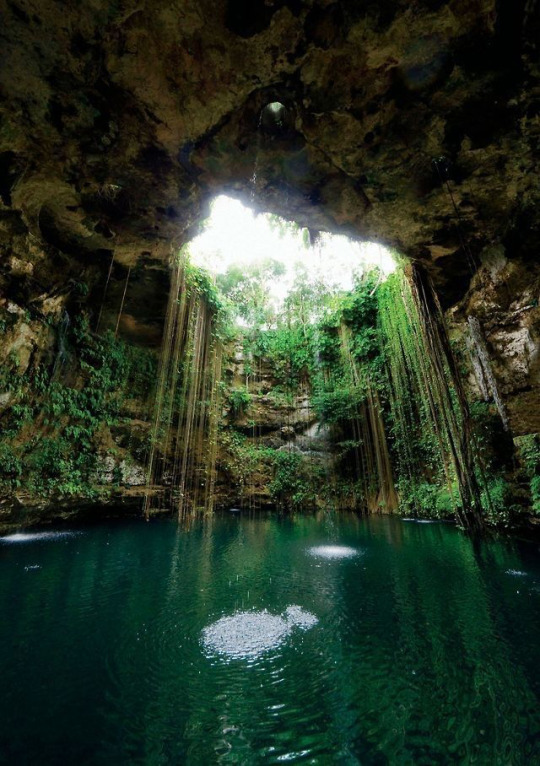Don't wanna be here? Send us removal request.
Text
139 notes
·
View notes
Text

In the heart of Antarctica, nature creates an incredible sight: a red waterfall cascading through the perennial ice of the Taylor Glacier.
This phenomenon, known as Blood Falls, is even more fascinating than it appears.
Its intense color is not only due to oxidized iron but also to tiny iron-rich spheres created by small bacteria living in a salty lake hidden beneath a glacier.
When this water reaches the surface and encounters oxygen, it takes on such an intense red hue that it seems unreal in the Antarctic landscape.
The waterfall continues to flow even at subzero temperatures, creating a unique spectacle where science and beauty converge in a natural masterpiece.
And to think that this incredible ecosystem could provide us with clues about possible forms of life on other planets, such as Mars.
Nature always surprises us and knows how to surpass our imagination!
Credits: UM TONHO/TONHA ·
( Elias Sakkis )
2K notes
·
View notes
Text









For centuries, Africa has been looted of its most valuable treasures—artifacts that hold deep cultural, spiritual, and historical significance. From the Benin Bronzes of Nigeria to the golden treasures of the Ashanti Kingdom, these priceless relics were stolen during colonial conquests and are now displayed in museums and private collections across Europe and the U.S. Despite growing demands for their return, many of these artifacts remain abroad, generating millions for foreign institutions while African nations fight for their rightful heritage. Should African countries take stronger action to reclaim these treasures? Or will they remain lost forever?
fvcking thives
212 notes
·
View notes
Text
10K notes
·
View notes
Text

John Albert Burr (May 20, 1848 - 1926). He was an inventor.
Born in Maryland, he was a teenager during the American Civil War, and he worked as a fieldhand. His inventive talent was recognized, and wealthy African Americans ensured he was able to attend engineering classes at a private university. He put his mechanical skills to work making a living repairing and servicing farm equipment and other machines. He moved to Chicago and worked as a steelworker. When he filed his patent for the rotary mower in 1898, he was living in Agawam, Massachusetts.
His Lawn Mower patent was officially granted on May 9, 1899. He went to Harvard Business School. After he finished Harvard Business School, he moved to Chicago in the 1870s to continue to be a repairman and a capable steelworker. He continued to patent improvements to his design. He designed devices for mulching clippings, sifting, and dispersing them. Today’s mulching power mowers may be part of his legacy, returning nutrients to the turf rather than bagging them for compost or disposal. In this way, his inventions helped save labor and were good for the environment.
He held over 30 US patents for lawn care and agricultural inventions. #africanhistory365 #africanexcellence
8 notes
·
View notes
Text
206 notes
·
View notes











